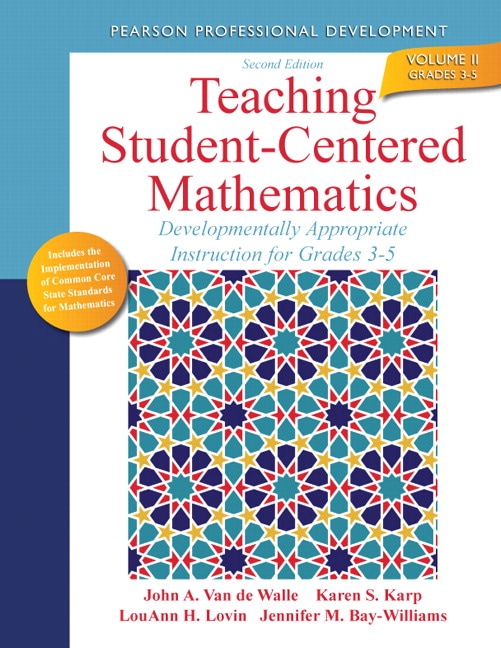I was graced with the opportunity to learn a few things from a 5th grader this weekend.
1. When your family knows you are an educator, that
innate desire to tell every kid in school (regardless of age or grade) to ask
“Auntie for help” seems to follow. So my 3rd cousin inevitably had
her “math lesson” that cousin Kim was purposefully placed there to help her
with.
2. Homework truly does have a ZERO effect size
(Hattie). This girl was given 4 pages of worksheets for her 3 day weekend. One of
which had over 20 three-digit by two-digit multiplication problems for standard
algorithm only (no word problems, no area models). Two pages of multiplication
of whole numbers and fractions). When we did begin what the older generation
calls “her lesson”, I found that she had been poorly taught (read: not taught
at all) how to multiply fractions and whole numbers as well as division. This teacher who was not only seeking to suck the life of this student, was also failing to facilitate the learning that was truly capable, from this student. She
had been given 2 other pages of second and third grade level work in this
daunting packet. I was as exhausted and unmotivated as she was. Again, help me understand how will
5 pages of rows and columns of work I either know how to do or do NOT know how
to do, going to better me? *shoulder shrug*
So we began working the multiplication of whole numbers and
fractions pages first and I showed her a picture to help her develop a strategy
to solve the problem. *watch this video
We went through talking about the meaning of a denominator
and how to apply that meaning to the picture; then we repeated the same steps
for the numerator and began drawing on the picture to help solve the problem.
Honestly, it got a bit easier for her until she reached a problem she didn’t
want to represent. So we looked at another way to draw a picture that might
better help. *again watch above video
This time by problem ten, she had developed her own
strategy. She figured, instead of drawing the picture, she might divide the
whole number by the denominator and then multiply her quotient by the
numerator. Without articulating this as I just did, I watched her talk to
herself out loud, “4, 8, 12, 16…so 4 dots in each circle. Then three circles of
4 is 12”
This was it! This was the learning! John Van de Walle talks
about invented strategies in his Teaching Student Centered Mathematics. How
students can take from their conceptual understanding and create their own
strategies without us as teachers needing to “model” it to them! I hadn’t even
taught her this abstract process that she’ll learn in intermediate school…I had
only showed her how to use concrete and representational models to get her
solution and she had devised the abstract method on her own! Invented! I
praised her and watched what was once a very distracted and apathetic 5th
grader who took any and every distraction as a break move to a focused and
determined astute student complete the remainder of her page with pride! I was
amazed!
Perhaps because I’ve been out of the classroom for so long, or because
I saw something I read often materialize before my very eyes! I must admit, I
was the type of teacher who frequently modeled for my students and slowly
morphed into a teacher who facilitated a healthy struggle. By the time I began
to embrace that method of approach, I was swept away into a Specialist role. So
this phenomenon was life changing for me.



No comments:
Post a Comment